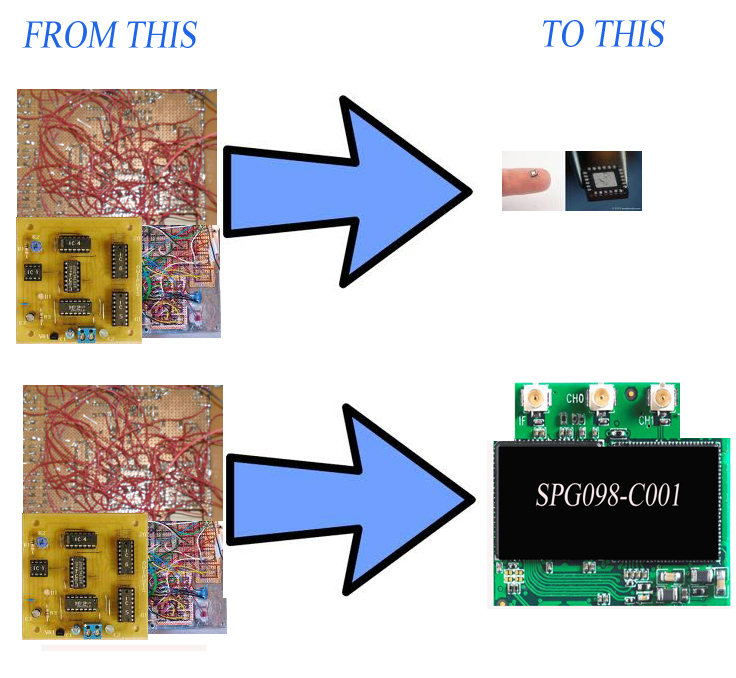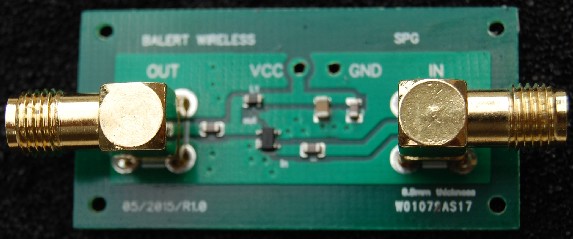Recently evaluation verisons of ADS and Microwave Office were used to evaluate an existing 10W Class F RFPA design. The active device was a CREE 40010 packaged part. Here are my the insights at first blush. ( Other users will probably have a vastly different experience). Both tools are very good and provide excellent solutions to a difficult problem. However,
( 1 ) Technical support on MWO was excellent. Questions were answered and much more. ADS technical support was sluggish and difficult to get to.
(2) Model installation in ADS was extremely easy while that in MWO was a little messy and took a long time.
(3) License file installation was very easy in ADS and fairly involved and difficult in MWO.
(4) LineCalc on ADS was very good and provided accurate results. TXLINE in MWO was less so and needs some improvement.
(5) Running two tone simulations was very easy on ADS and quite difficult on MWO. However MWO provided a more flexible interface and experienced MWO users will probably like it more. ADS has a somewhat more limited tool.
(6) Help on ADS was marginally better than MWO, and provided more explicit answers than in MWO.
(7) Up and running time was short on ADS and long on MWO.
(8) Examples on ADS were marginally better than in MWO and provided more details and help.
(9) MWO marketing/sales support was simply superb and very obliging. ADS sales support was very slow and in some cases non-existent.
(10) MWO has a much better stable of CAD tool routines than ADS. This allows a more flexible approach to analysis.
(11) ADS has a better user interface for output results that includes both textual and graphic output accesses with ease.
(12) Not enough evaluation time was provide to go into EM and layout eval so these are not addressed in this post.
To conclude: For someone getting into RFMW analysis tools ADS may be a better choice initially but much less flexible and somewhat limited CAD tools. MWO is for the more experienced user, but its limitations are compensated by the level of and quality of the technical and sales/business support. Please use our website at www.signalpro.biz for contact or for comments or for more information about our services.




